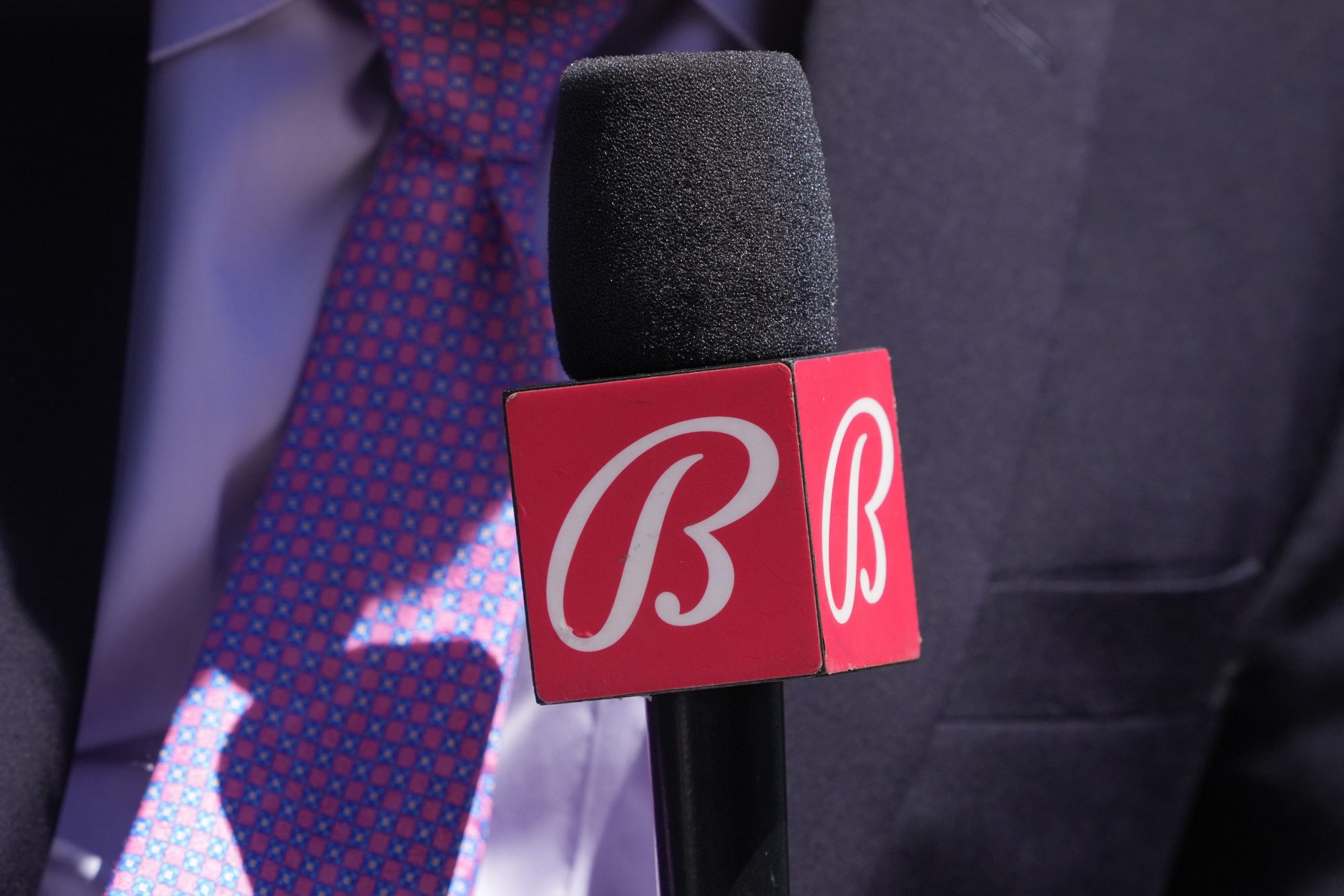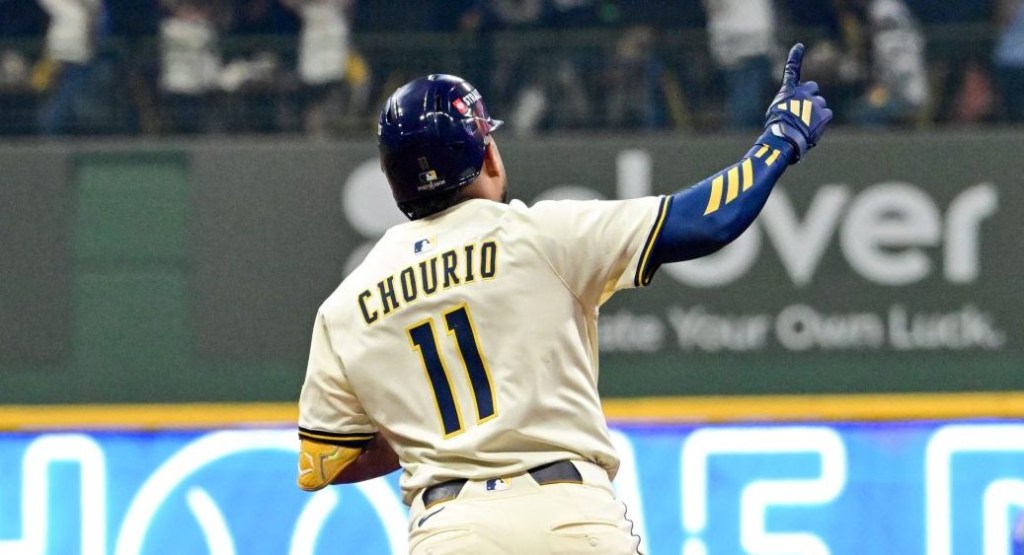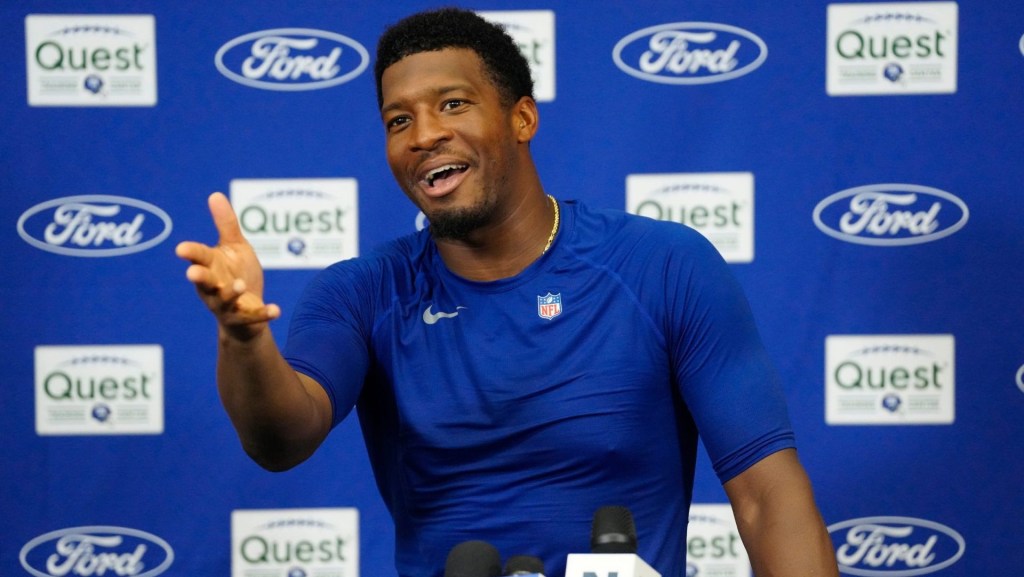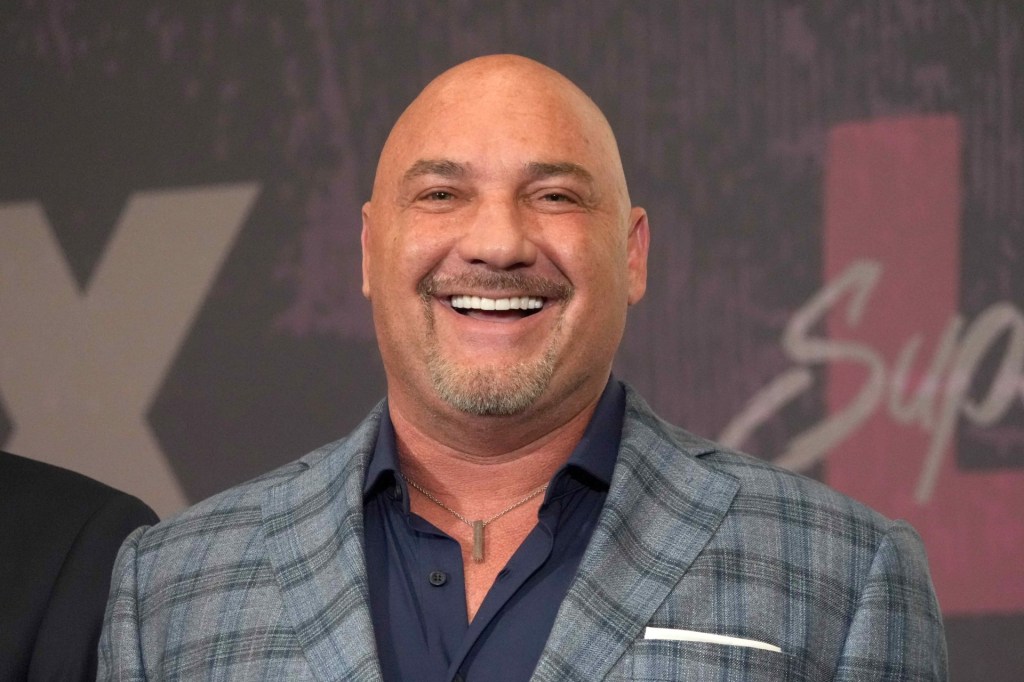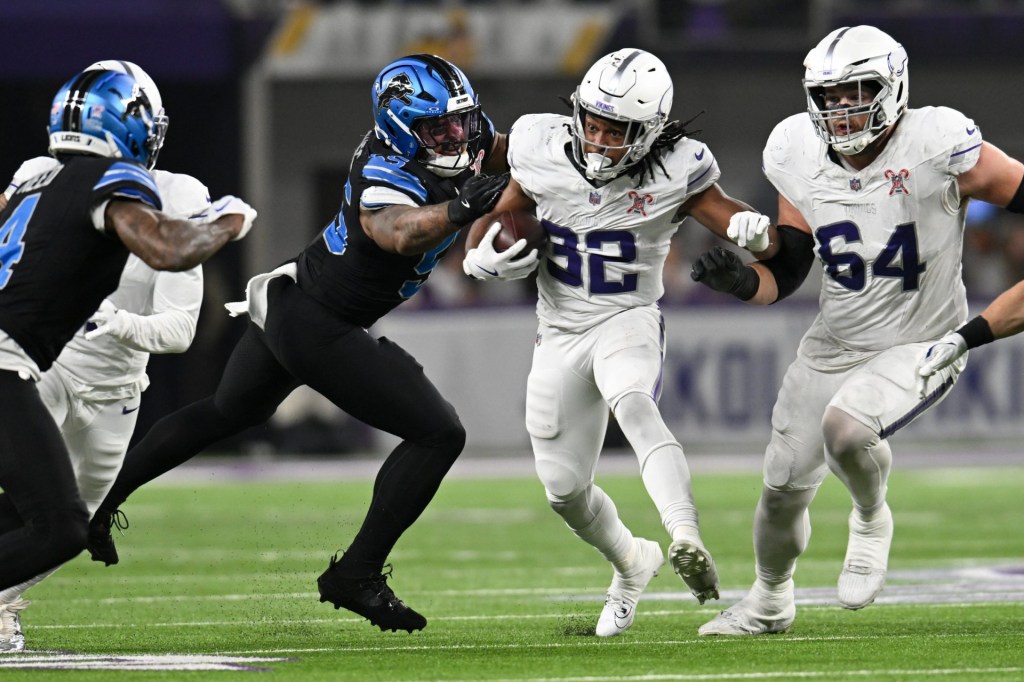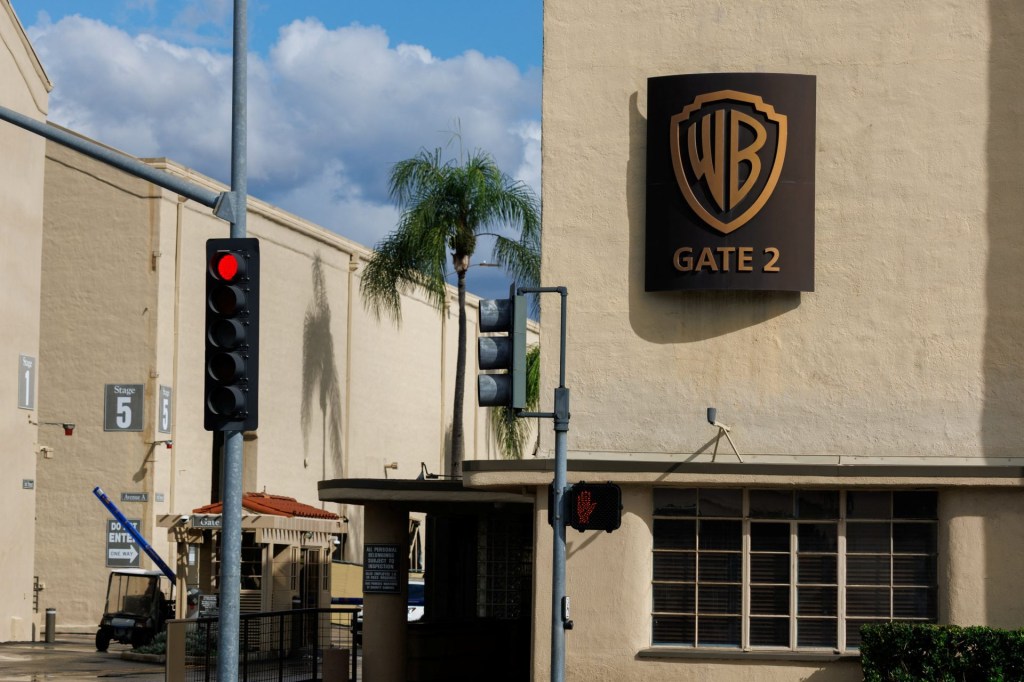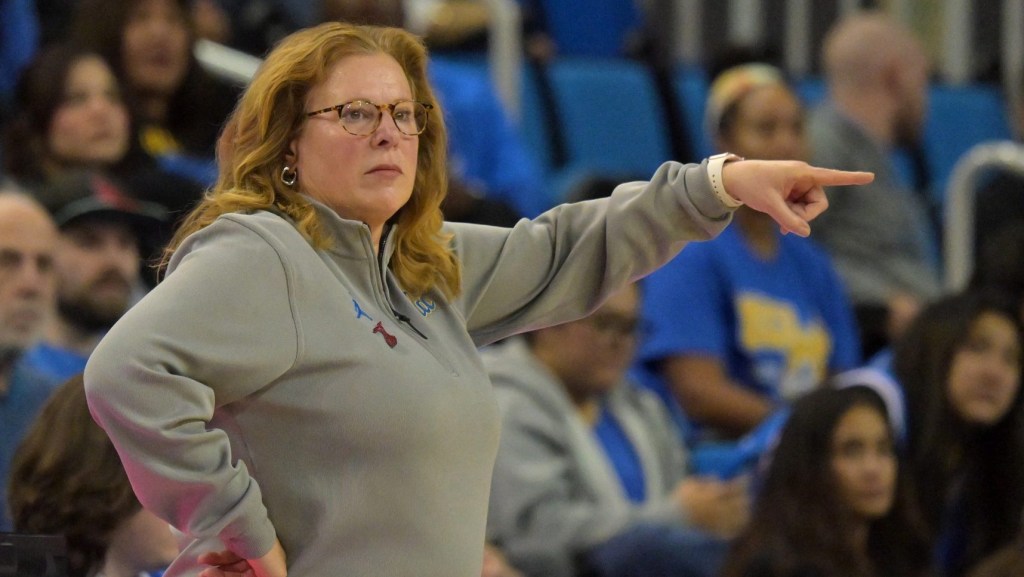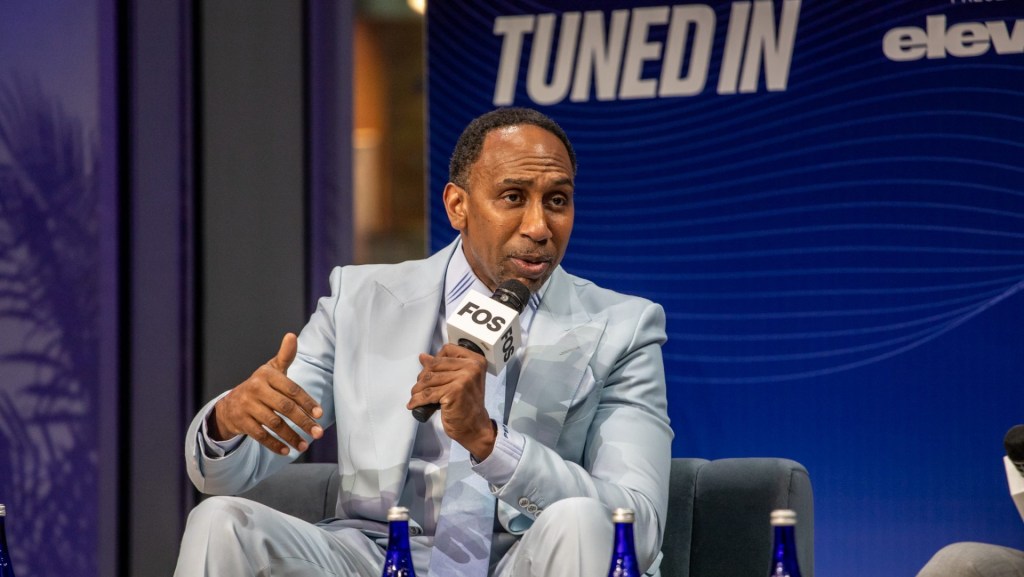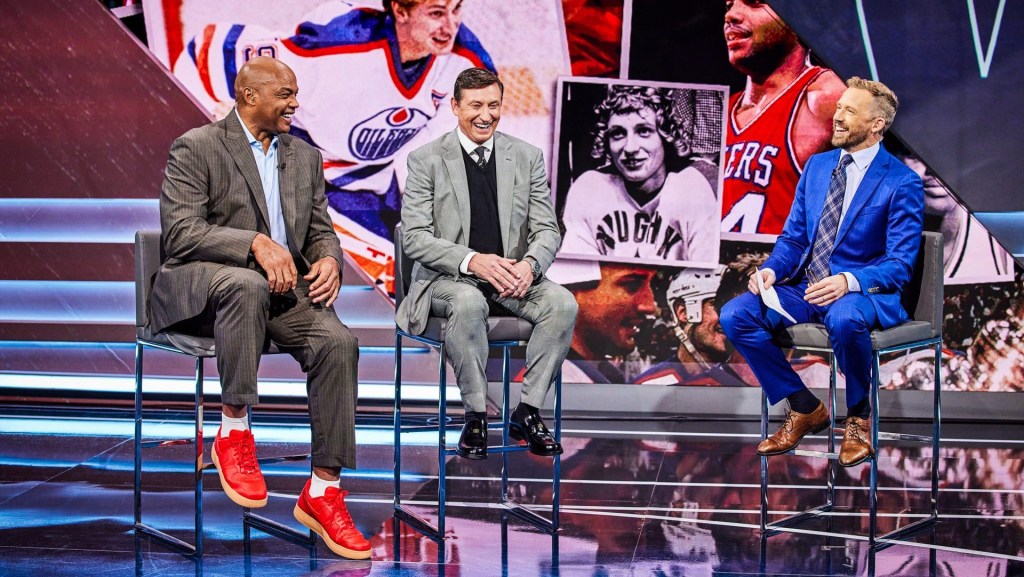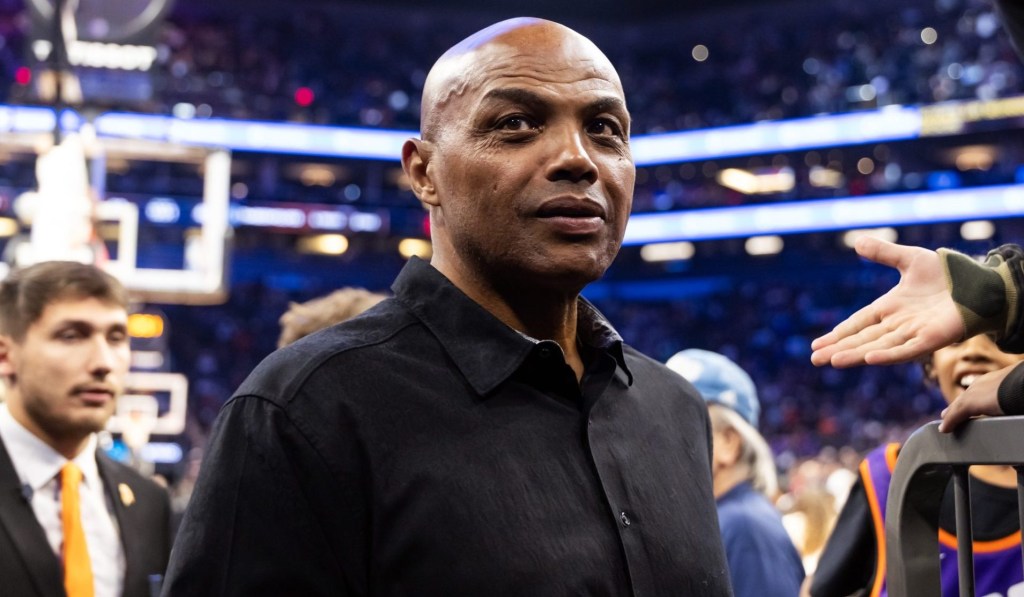Major League Baseball told a U.S. Bankruptcy Court on Wednesday it was “sandbagged” by Diamond Sports Group’s efforts to shed nearly all of its baseball contracts for its regional sports networks. That shock, however, is likely just an acceleration of a turbulent period in MLB local media rights all but certain to require years to settle.
The Bally Sports parent company’s move to retain only the Braves for certain among its baseball rights significantly heightens the paring back of its portfolio while a bankruptcy reorganization continues. Given local media rights typically represent one of an MLB club’s top individual revenue streams, introducing this much market uncertainty all at once has massive ramifications across the industry.
Among the key issues that will need to be sorted:
What do the involved teams do now?
Broadcast plans need to be determined as soon as possible for the 2025 season, and with DSG’s move, 11 of MLB’s 30 clubs are left without a firmly defined local media situation for next year. DSG said in a statement that it “remains in discussions with our MLB team partners around go-forward plans.” That means striking new contracts at a sharply reduced rate, likely by a low- to mid-double-digit percentage and not unlike what the company recently did with the NBA and NHL.
The Angels are reportedly among the clubs considering such a revised relationship, a stance that offers at least some near-term certainty in a very unstable market. But MLB has generally discouraged clubs from accepting these types of deals—not just because of the significant revenue loss but ongoing doubts the league has about DSG’s long-term viability. Other teams, including the Twins and Rangers, are actively considering entirely new situations based at least in part on over-the-air TV distribution. ESPN, meanwhile, has openly advocated to be “at least part of the solution.”
All told, the group of involved teams will likely reach 2025 spring training with a disparate mix of local media arrangements for next season.
What happens with the other MLB teams?
MLB commissioner Rob Manfred has openly sought to collect a critical mass of local rights to reshape the sport’s regional media strategy, in part through a centralized streaming package, and the league is already producing and distributing games for the Diamondbacks, Padres, and Rockies. But there remains a particularly thorny issue with teams such as the Yankees, Dodgers, Red Sox, Mets, and Cubs. Those clubs are not connected to the DSG bankruptcy, earn significant revenue from their local rights, and would have far less incentive or interest to overhaul their own current RSN situations in favor of a vastly different model.
At least in the short term, and perhaps longer, the revenue disparities between these big-market clubs and those hit by the DSG situation will grow.
What happens in the player market?
This is a major issue, and one that will fundamentally involve the MLB Players Association. In the current labor deal, MLB is generally prohibited from taking unilateral action “regarding the allocation or distribution of central revenue.” In other words, that structure must be collectively bargained with the players. Management is well aware of that, and already, MLB and the union earlier this year reached a short-term agreement to provide financial assistance—termed a “media-disruption distribution”—to aid clubs that have lost local TV revenue.
But it’s quite possible that upcoming free-agent player markets will be impaired by the revenue loss that many teams are facing. Once the next round of labor talks begins in 2026, how to deal with the local media issue undoubtedly will be a major topic—if not the leading one.
